The 4–5 hectare archaeological site of Sohr Damb lies in the highlands of Baluchistan (Pakistan), near the borders with Iran and Afghanistan. In 1925, initial excavations in the 13 m high mound brought to light a cultural stratum whose ceramics are amongst the most remarkable artefacts of the early 3rd millennium BC.
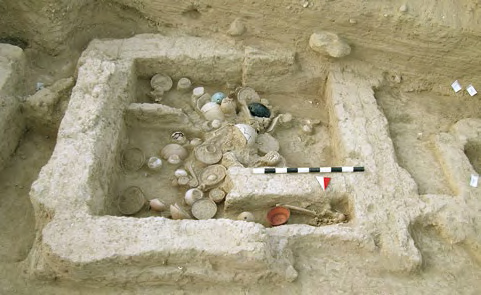
Since 2001, a team from the DAI’s Eurasia Department has been investigating the six metre high strata, which provide detailed information about developments between 2700 and 2400 BC. The earliest occupation began in the early 4th millennium BC, at a time when people migrated from the north in search of new living space. At the foot of the mound a burial ground was found where an unusual death cult was practised: inhumation only occurred long after death and only parts of the skeleton were buried.
The traces left by the last settlers are poorly preserved. They show that the Indus culture had extended its influence into this region. Around 2100/2000 BC the settlement history ends in the entire region for nearly 1,500 years.
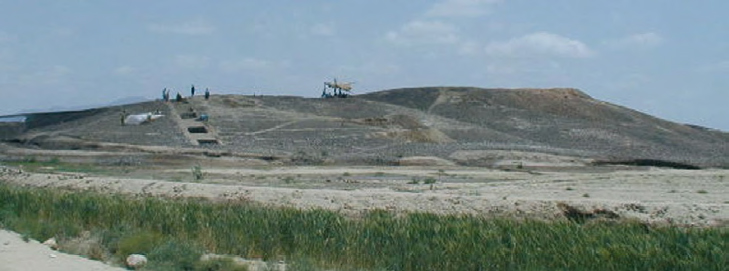
Sohr Damb/Nal. Many vessels were found in situ in Section II (Photo: DAI Eurasien-Abteilung) 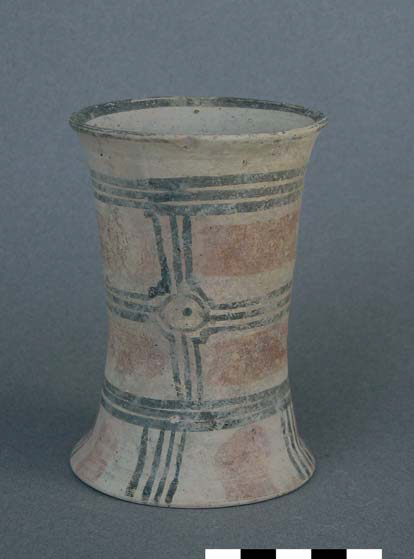
Polychrome painted pedestal Period III.2a (Photo: DAI Eurasien-Abteilung) 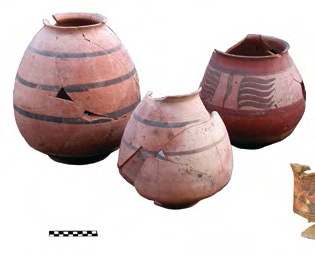
Vessels from Period III (Photo: DAI Eurasien-Abteilung) 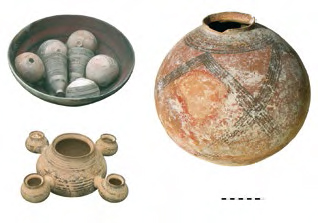
Grave 739/740, Period I (c. 3800 BC) (Photo: DAI Eurasien-Abteilung)